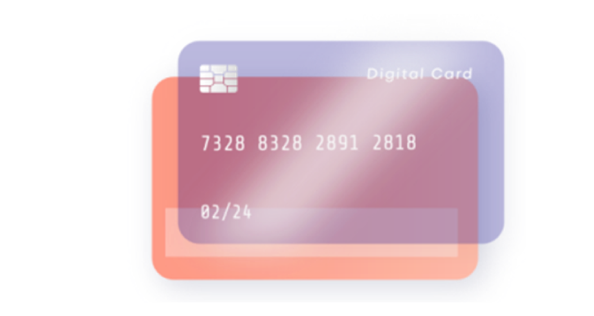 Card Issuing, Switching, and Transaction Processing groups together the activities surrounding creating card programs, issuing cards to customers, managing those cards, and processing the transactions those customers make. These components can be implemented modularly. For example, an issuer may want to only employ NovoPayment’s Switch, while another uses only Issuing capabilities and handles transaction authorization in-house.
Card Issuing, Switching, and Transaction Processing groups together the activities surrounding creating card programs, issuing cards to customers, managing those cards, and processing the transactions those customers make. These components can be implemented modularly. For example, an issuer may want to only employ NovoPayment’s Switch, while another uses only Issuing capabilities and handles transaction authorization in-house.
To get started with Card Issuing, Switching, and Transaction Processing, an issuer needs to determine two things:
The processing model
The characteristics of the program
Processing Model
There are three processing models that NovoPayment offers. The model selected will impact the characteristics of the program.
Switching: Transactions are received by NovoPayment’s transactional switch and routed to the appropriate issuer endpoint. The implementation of this processing model is most appropriate when multiple issuers are part of your program and each issuer has program rules established in their core.
Pre-Authorizer: Transactional data is received by NovoPayment, assessed for compliance against established program criteria, and routed to the issuer for final transaction approval. Typically implemented when the issuer holds account records and balances and will determine approval based on availability of funds. Prior to passing the transaction to the issuer, NovoPayment validates the transaction for compliance against all established rule parameters.
Full-Authorizer: NovoPayment receives and determines the outcome of a transaction based on configured program rules and available balances or credit limits. For this model, customer and account information is stored in NovoPayment’s Banking Core.
Pre-Authorizer and Full-Authorizer models require that program information be configured in NovoPayment’s Banking Core.
Characteristics of the Program
NovoPayment offers an extensive set of card program configurations that apply to all the cards issued within a program. Programs are configured in NovoPayment’s Banking Core.
For open-loop programs, a key component to establishing a program is a BIN (Bank Identification Number). The BIN will vary based on the network you select and the card type. NovoPayment supports Visa and Mastercard prepaid, debit, and credit cards.
BINs are 6 to 8-digits long and are assigned to specific card programs. They can be further allocated to specific programs by assigning the 7th or 9th digit to sub-programs (for example for promotional campaigns).
Additionally, cards can be physical or virtual, and they can hold one of the 180 currencies supported by NovoPayment’s Banking Core. This information is not contained in the BIN but is captured as part of the program.
Besides the network and card type, a host of configurations are available for cards issued within a program. Some of these configurations can be made more stringent at the card level via APIs. These configurations can be implemented for open and closed loop programs. Sample configurations include:
Card activation: determine when cards become active and mechanism for activation.
Card expiration: set the default card duration. This is also configurable per card via API.
Account limits: set a maximum account size and maximum amount of activity an account can transact monthly.
Overdraft: establish if overdrafts are allowed.
Card operations: establish allowed operations such as cash-in, cash-out, P2P, etc.
Transaction limits: set single transaction maximum limits, as well as total daily, weekly, and monthly maximum spend limits. This is also configurable per card via API.
Operation limits: cap the count of transactions that can be performed on a daily, weekly, and monthly basis.
Fees: configure fees for performing certain transactions.
Credit limits: establish maximum lines of credit for credit cards.
APR calculation: set the method for calculating the interest rate on credit card revolving credit.
Other limits based on available transaction information. Such as:
Channel limits: determine which channels cards can be used in (e.g. ATMs, eCommerce, POS) and limit operations for those channels.
Merchant list: specify in which types of businesses the card can be used. This is also configurable per card via API.
International use: restrictions for domestic or international transactions, or with specific currencies.
And more.
Finally, as part of the card program for Virtual Cards, a Dynamic CCV2 can be configured. When in place, NovoPayment will generate a new CVV2 upon request by a customer completing an online purchase. This number is then validated for consistency when NovoPayment receives the transaction for authorization.
Once a card program has been established, the Cards API is used to issue cards by creating customers and accounts and specifying any configurable information for the cards.
Cards can then be managed using a suite of endpoints geared towards activating cards, blocking/ unblocking, establishing additional limits at the card level, and more.
Finally, the Cards API is used to perform a variety of purchase, funding, and money movement transactions that add give customers additional ways to use their cards.